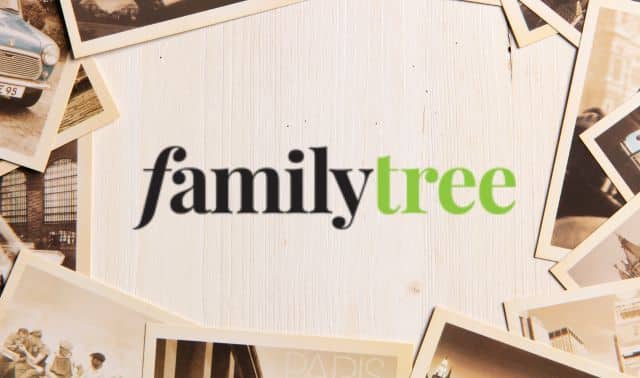
Buzz words seep into slogans, politics and professions—even into photo and restoration labs. “Sepia toning” is one such term, which you may have heard at a photo lab or store where you have your photographic copies made. Don’t let the lingo fool you—the difference between true sepia toning and its knockoffs can make family photos last or deteriorate more quickly.
Sepia toning is a chemical printing process that converts silver into a more durable compound, which helps to improve the stability of the image. Sepia-toned prints also are more stable because the print-maker must remove all residual chemicals (which contribute to deterioration) from the photo. If there’s any trace of harmful chemicals left in a print when it’s being toned, it will show an obvious stain. A sepia-toned print of good quality is obviously free of any harmful chemicals and is as stable as a print can be.
But don’t be fooled by photos that only appear to be sepia toned. Do you have any old family photographs that are brown in color? Have you been told (or do you believe) that these brownish prints have been sepia toned? While this may be true, it’s more likely you’re seeing a key sign of deterioration.
When 19th-century photographs deteriorate, in most cases they turn different shades of brown. So how can you tell whether the photograph of your great-grandfather is deteriorating or is in fact sepia toned? A sepia-toned print—if properly done—should retain most of its original qualities for about 100 years. If your photograph is losing some fine detail (especially in the lighter areas), you can be sure you are seeing deterioration and not sepia toning.
Don’t confuse the brown prints you get from one-hour photo labs with true sepia toning. Labs create these sepia knockoffs by using printing filters and colored paper. The final product, unlike chemically sepia-toned photos, is very unstable. Prints made on colored paper will last only 50 years before they start to deteriorate. If you aren’t storing these prints properly (including the brown prints from one-hour labs), they could start deteriorating in as little as 10 to 15 years—quite the opposite of what sepia toning does for prints. You’re doing more harm than good in the life of your photograph by requesting this service when it is not chemically sepia toned.
How did your ancestors’ photos come to be sepia-toned in the first place? In the mid-1800s, photographers were testing and experimenting with several different types of toners to change the color of final prints, because many photos were turning out reddish or reddish-purple—not very pleasing to consumers. The objective was to improve the aesthetics of the photograph, not its preservation.
Today, we know and understand more about photographic preservation than ever before. Toners can be used for both aesthetics and preservation. Although we no longer have the fine-quality black-and-white printing papers of 50 years ago, we can enhance the look and life of the photograph with sepia toning—if it’s done right.
David L. Mishkin is the president of Just Black & White in Portland, Maine, a custom photographic lab that specializes in copying and restoring historical and family photos www.maine.com/photos, photos@maine.com.





